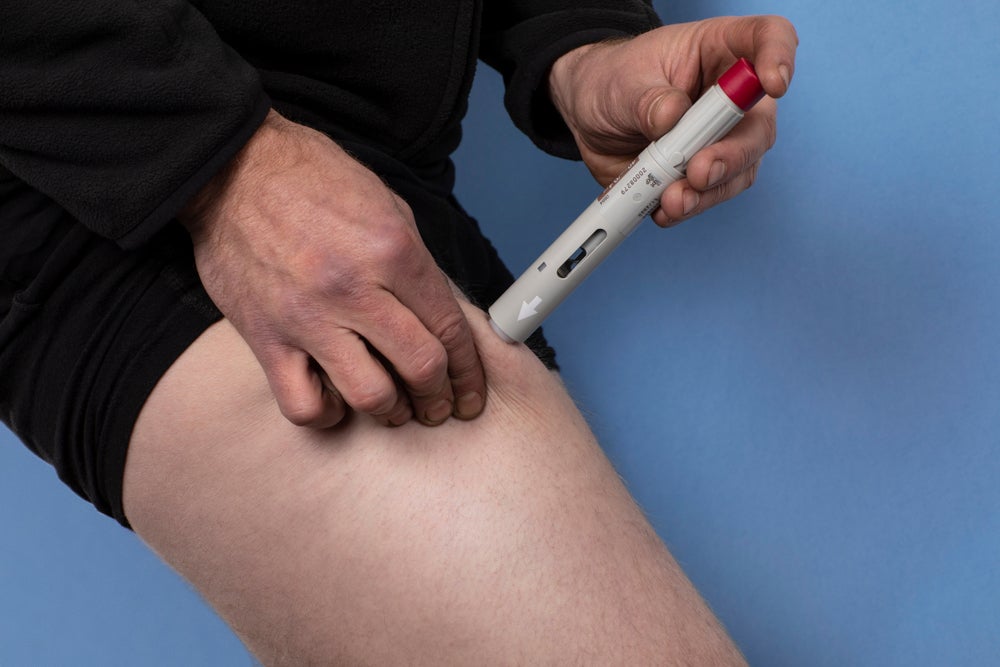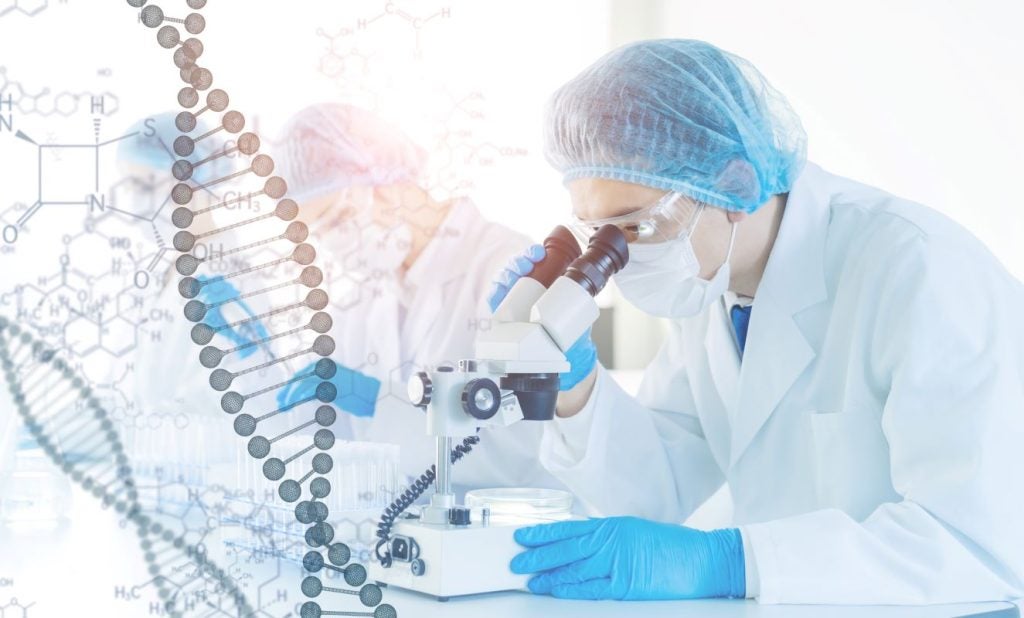
Menopause occurs due to a change in hormone levels, mainly a reduction in oestrogen levels, causing a woman’s periods to stop and her ovaries to lose their reproductive function.
According to the NHS, the average age for the onset of menopause in the UK is 51, although approximately one in 100 women experience menopause around the age of 30, which is known as early onset menopause.
While usually menopause is a natural part of aging, it can be caused by medical procedures such as hysterectomy, oophorectomy and some forms of chemotherapy, and underlying medical conditions like Down’s syndrome or Addison’s disease.
The World Health Organisation and UK-based charity International Menopause Society (IMS) designated October as World Menopause Month to promote knowledge and raise awareness about the process, as well as the possible medical complications that are the result of it, including osteoporosis, neurodegenerative decline and cancer.
IMS also chose 18 October as World Menopause Day to focus campaigns. The theme of the 2018 World Menopause Month and Day 2018 is sexual wellbeing after menopause.
Changes in hormone levels that occur during menopause cause a range of symptoms, some of which are severe and have a significant impact on daily life. Common symptoms include hot flushes, which occur in 75% of cases, night sweats, vaginal dryness, difficulty sleeping, insomnia, anxiety and urinary incontinence.
How well do you really know your competitors?
Access the most comprehensive Company Profiles on the market, powered by GlobalData. Save hours of research. Gain competitive edge.

Thank you!
Your download email will arrive shortly
Not ready to buy yet? Download a free sample
We are confident about the unique quality of our Company Profiles. However, we want you to make the most beneficial decision for your business, so we offer a free sample that you can download by submitting the below form
By GlobalDataIn addition to natural remedies and lifestyle changes, there are a few types of approved pharmaceutical therapies to help mitigate the symptoms of menopause. However, currently there are no treatments that are proven to stall the onset of menopause itself.
Hormone replacement therapy (HRT)
As its name suggests, hormone replacement therapy (HRT) relieves symptoms of menopause by replacing hormones that are at lower levels as women approach the process.
It has the added benefit of helping to prevent the weakening of bones, which is a common result of menopause. This is why HRT remains the most popular treatment option.
There are many different forms of HRT, as well as various methods to take the hormones: oral tablet, transdermal patches or gels, implants and vaginal creams or rings.
Oestrogen alone successfully relieves hot flushes and vaginal symptoms, but it has been discovered that it is only appropriate for women who have had total hysterectomy. This is because it stimulates the womb and can lead to excess growth and sometimes cancer. The link between HRT and an increased risk of breast cancer was identified by two 1990s trials in the US.
Instead women without hysterectomy are commonly prescribed either a combined HRT containing oestrogen and progesterone or tiblone, which is a synthetic hormone that has the combined effect of oestrogen, progesterone and testosterone.
The progesterone in combined HRT helps to counter the effect of oestrogen and protects the endometrium. Tiblone is the first bleed-free HRT on the market, although a combined HRT formulation has been created that can be taken continuously to step menstrual bleeding.
Non-hormonal therapies for hot flushes
In response to some of the concerns about HRT increasing women’s risk of cancers, non-hormonal alternatives have begun to be developed to help mitigate one of the major symptoms of menopause: hot flushes.
The US Food and Drug Administration approved the first non-hormonal treatment for hot flushes associated with the menopause in 2013. The drug is called Brisdelle and it contains paroxetine, a selective serotonin reuptake inhibitor (SSRI). Paroxetine is an anti-depressant, but for menopause it is taken at a lower dose.
Other SSRIs have also been subsequently used to treat hot flushes, such as Effexor (venlafaxine), Pristiq (desvenlafaxine) and Lexapro (escitalopram).
Anti-depressants are not the only form of drugs repurposed to help relieve menopausal hot flushes.
One further example is anti-seizure medication Gabapentin, which is gabapentinoid and acts by inhibiting certain calcium channels. In addition, there is clinical evidence that blood pressure-lowering drug clonidine improve the symptoms of menopausal hot flushes in approximately 40% of women. It is believed to work by reducing the response of the blood vessels to stimuli.





